Rebuilding The Core
When returning from a back injury, we must take a logical and planned approach. Selecting exercises that help facilitate the healing process without placing excessive load on the spine that re-create symptoms and fairs up the injury. Performing anti-rotation exercises before one can successfully squat with light weight can often have negative consequences. Exercises that create a rotational force on the body (such as: pallof press) can place upwards of four times as much compression on the spine compared to the same weight that attempts to create a flexion/extension force.
The following is a logical progression of stability exercises that stress the body first through a sagittal plane (flexion/extension torque), then a frontal plane (lateral torque) and finally through a transverse plane (torsional torque). While there is no such thing as an ideal set of exercises for any rehabilitation program, the following exercises can be a good starting point for creating a plan that best suits your body type and performance requirements.

Learn The Hip Hinge!
One of the most common reasons for developing lower back pain is the inability to properly move from the hips. From bending over to lift something off the ground to squatting. The majority of people who develop lower back pain have allowed their lower back to compensate for lack of mobility in the hips. This has progressively allowed the lumbar spine to move excessively and become unstable. Learning to move from the hips and keep the spine stable with core stiffness is fundamental in optimal movement patterns and rebuilding the correct movement pattern.
To perform a correct hip hinge, start in a standing position with your hands straight in front of you (zombie stance). Grip the ground with your feet (driving the big toe into the ground) and feel for your bodyweight spread evenly across your entire foot (tripod foot). Drive your knees out to the side to engage your lateral glutes (make sure to keep your foot firmly glued to the ground and your big toe in contact with the floor). Using a small resistance band loop across your knees can be great in the early learning process to teach your body how to create sufficient tension in these lateral hip muscles.

Core strength: Dynamic Core Strength v Core Stiffness
The body's core region is sometimes referred to as the torso or the trunk, (although there are some differences in the muscles identified as constituting them). The major muscles involved in core stability include the pelvic floor muscles, transversus abdominis, multifidus, internal and external obliques, rectus abdominis. The erector muscles of the back such as erector spinae (sacrospinalis) especially the longissimus thoracis, the diaphragm, and the larger muscles that span multiple joints (like the lats and psoas muscles). The glutes are also an important part of the ‘core’. Each and every one of these muscles must coordinate together in order to enhance the stability of the spine


